All eyes turned Wednesday afternoon to the Eisenhower Old Executive Office Building, where members of the Trump administration briefed the full Senate on its efforts to counter North Korea’s nuclear and missile development, as well as parallel American measures to prevent an acute political-military crisis in Northeast Asia.
But a very different crisis is flying under the radar, and its culminating date is fully known. On May 9, South Korea will elect a new president to replace Park Geun-hye, who was impeached and removed from office in early March. The persistent front-runner in all public opinion polls is Moon Jae-in, the candidate of the Democratic Party who was runner-up to Park in the 2012 presidential election. Moon’s advantage in the polls continues to widen, and (barring an extraordinary shift in voter sentiment over the next two weeks), he seems the all but certain winner.
Moon was the close political advisor and subsequently chief of staff to the late president Roh Moo-hyun, Korea’s president between 2002 and 2007. Roh pursued accommodation with North Korea and openly advocated a “balancer” position for South Korea that would enable Seoul to serve as a broker or arbiter between the United States and China. But this stance repeatedly put Roh at direct odds with U.S. policy. The turmoil of the Roh era included multiple and sometimes violent outbreaks of anti-American sentiment. Roh was not exclusively responsible for the ugly downturn in U.S.-Korea relations, but he sought to exploit these circumstances for his own political purposes.
In 2007 and 2012, the election of two right-of-center presidents resulted in the most productive decade in alliance history. As inter-Korean relations turned more antagonistic—and especially as the North advanced its nuclear and missile ambitions—public sentiment in South Korea overwhelmingly favored even closer relations with the United States. Moon’s election would put these gains at increased risk. Roh was widely faulted for excessively dreamy conceptions of relations with the North, but Moon’s efforts to resurrect the policies of the Roh era seem stunningly oblivious to the realities that Seoul now confronts.
On April 23, Moon disclosed his larger strategies in a thousand-word statement entitled “Strong Republic of Korea and the peaceful Korean Peninsula.” There is a Rip Van Winkle quality to the document, almost as if North Korea’s defiant, determined pursuit of nuclear weapons and missile delivery systems in the intervening decade had not occurred. At the precise moment when the international community has begun to grasp the fuller implications of North Korean nuclear and missile development and when the United States and China have moved closer to a coordinated strategy to inhibit Pyongyang’s advances, Moon seems intent on turning back the clock.
At the precise moment when the international community has begun to grasp the fuller implications of North Korean nuclear and missile development and when the United States and China have moved closer to a coordinated strategy to inhibit Pyongyang’s advances, Moon seems intent on turning back the clock.
Even allowing for overly exuberant campaign pledges, Moon’s policy positions would expand North Korea’s room for maneuver and reduce the pressures on Pyongyang to alter its policies. Moon has also sought to appeal to Korean nationalism. In his policy statement, he states that “nothing is more dangerous than letting others decide our fate.” This argument plays to the enduring theme of Korea’s manipulation by the great powers. But this could generate public sentiment to marginalize the role of the United States and pursue a “Korea only” solution to the peninsula’s profound ideological and developmental divides. Worse, it would enable Pyongyang to again exploit such sentiments and undermine alliance cohesion, even as the North’s nuclear and missile capabilities continue to advance.
Moon foresees a Seoul-centered process whereby South Korea will lead and orchestrate a return to the six-party process, with South Korea creating a “new framework of inter-Korean relations.” But aspirational goals outlined in his policy document (including making Korea a nuclear-free zone, the signing of an inter-Korean peace treaty, and pursuit of a “mutual arms control agreement in stages”) are slogans contrary to ongoing efforts to curtail North Korea’s nuclear ambitions. Renewed engagement also plays on emotional sentiment favoring unconditional accommodation with the North and would enable Pyongyang to again influence South Korean domestic politics. This story did not end well under Roh Moo-hyun, and the risks with a nuclear-armed North are incalculably higher.
Moon openly advocates a return to the discredited “Sunshine Policy” first established under the late president Kim Dae-jung, and then pursued more vigorously under Roh Moo-hyun. Moon’s calls for the unconditional resumption of previous inter-Korean accords—to be ratified and enacted jointly by the South Korean National Assembly and North Korea’s nominally equivalent body, the Supreme People’s Assembly—and creation of a “common economic community” would presumably open the sluice gates of economic assistance to the North, which confronts growing economic pressures imposed by multilateral and national-level sanctions.
Some of Moon’s advisors claim that his policy priorities are broadly congruent with the Trump administration’s policy of “maximum pressure and engagement” toward North Korea. But these assertions seem largely fanciful. Moon’s open unhappiness over the accelerated deployment of the THAAD missile defense system, which he insists should be a decision left to the next Korean government, and his evident determination to roll back modest intelligence sharing arrangements with Japan, reveal “Pyongyang First” priorities, without regard for the demonstrable and growing dangers that North Korea poses to peninsular and regional security.
Moon needs to avoid a quixotic effort to place Seoul at the center of regional geopolitics.
The larger agenda facing the next South Korean president is domestic as well as security-oriented. Moon needs to avoid a quixotic effort to place Seoul at the center of regional geopolitics. He must tackle pressing issues related to economic inequality, governmental accountability, and the excessive concentration of executive power, all of which contributed directly to the legal, peaceful removal of a discredited leader from office. An overwhelming majority of Korea’s citizens seek genuine political reform, and also want to ensure that the nation’s security is fully protected, including an undiminished alliance with the United States.
Will Moon Jae-in seize the opportunity to advance a genuine reform agenda, or will he try to revisit past personal and political grievances, undermine the U.S.-Korea alliance and throw an economic and political lifeline to Kim Jong-un? Amidst the palpable and growing dangers posed by Pyongyang, a very different crisis in U.S.-Korea relations could loom with a new leadership in Seoul. Is Washington prepared to address it?
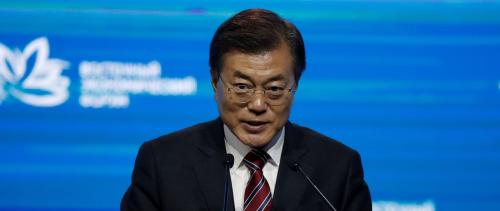
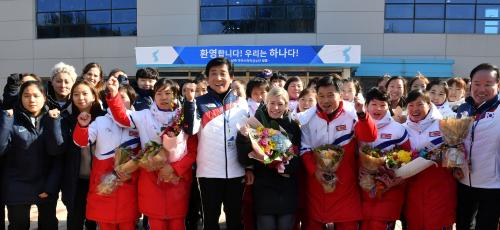
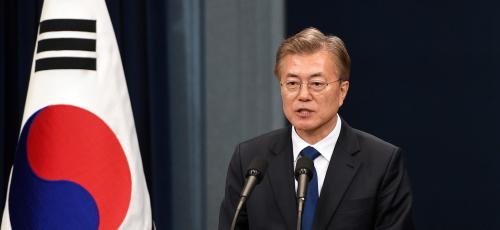
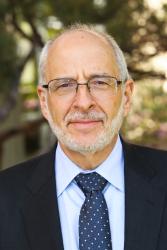
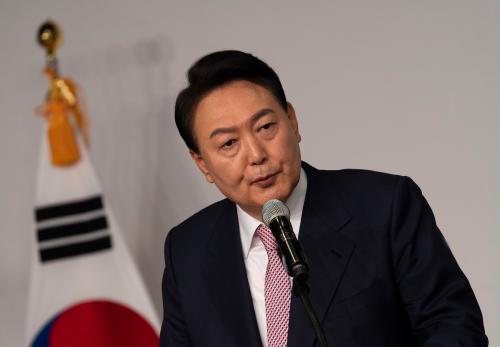
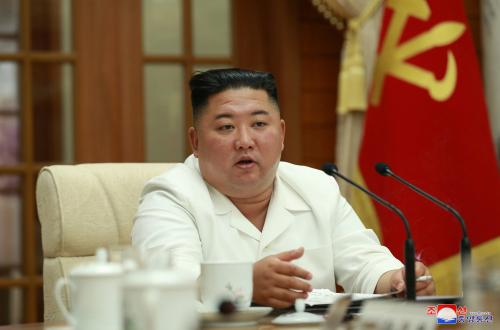
Commentary
The other looming crisis on the Korean Peninsula (Spoiler alert: It’s not about Kim Jong-un)
April 27, 2017